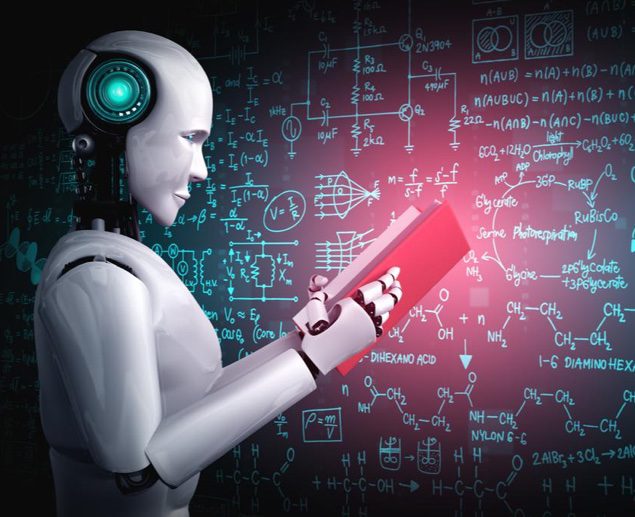Artificial Intelligence (AI) has become a buzzword that is frequently mentioned in today's technology-driven world. From self-driving cars to voice assistants like Siri and Alexa, AI is revolutionizing various industries and transforming the way we live and work. But what exactly is AI, and how does it work? In this blog post, we will delve deeper into the mysteries of AI to understand its fundamental concepts, applications, and challenges.
What is AI?
At its core, AI refers to the ability of a machine or computer program to perform tasks that typically require human intelligence. It involves the development of algorithms and models that enable machines to process information, analyze data, learn from experience, and make decisions or predictions. AI can be classified into two main types: Narrow or Weak AI and General or Strong AI.
Narrow AI, also known as Weak AI, is designed to perform specific tasks within a limited domain. Examples of Narrow AI include voice assistants, recommendation systems, and facial recognition technology. Narrow AI is highly specialized and cannot perform tasks outside of its designated domain.
On the other hand, General AI, also known as Strong AI, refers to machines that possess human-like cognitive abilities and can understand, learn, and apply knowledge across various domains. However, General AI is still a theoretical concept and has not yet been achieved in reality.
Applications of AI
AI has found applications in a wide range of industries, including healthcare, finance, manufacturing, transportation, and entertainment. Here are some examples of how AI is being utilized:
Healthcare: AI is being used for medical image analysis, drug discovery, and personalized treatment plans. AI-powered chatbots are also assisting in patient care and telemedicine.
Finance: AI is being used for fraud detection, risk assessment, and algorithmic trading. AI-powered virtual assistants are also providing personalized financial advice to users.
Manufacturing: AI is being used for predictive maintenance, quality control, and process optimization. Robots with AI capabilities are also automating repetitive tasks in manufacturing facilities.
Transportation: AI is being used in self-driving cars for navigation, object detection, and collision avoidance. AI is also optimizing route planning for logistics and delivery companies.
Entertainment: AI is being used in the gaming industry for character animation, procedural content generation, and player behavior analysis. AI is also being used in the film industry for visual effects and video editing.
Challenges of AI
Despite its promising potential, AI also faces several challenges, including:
Ethical concerns: As AI systems become more complex and autonomous, ethical concerns arise regarding their decision-making processes, biases, and potential impacts on privacy, security, and human values.
Bias and fairness: AI systems are trained on data, and if the data used for training is biased, it can result in biased outcomes and discriminatory practices, perpetuating existing social inequalities.
Transparency and explainability: AI models can be complex "black boxes" that are difficult to understand and explain. This lack of transparency can raise concerns about accountability and trust in AI systems.
Safety and security: AI systems can be vulnerable to cyberattacks and malicious use. Ensuring the safety and security of AI systems is crucial to prevent potential risks and harm.
Regulations and legal frameworks: The rapid development of AI has outpaced the establishment of regulations and legal frameworks, leading to uncertainties in areas such as liability, accountability, and intellectual property.
Conclusion
Artificial Intelligence is a rapidly evolving field with immense potential to transform various industries and reshape our world. From Narrow AI applications like voice assistants and recommendation systems to the hypothetical concept of General AI, AI continues to advance and redefine the boundaries of what machines can achieve. However

